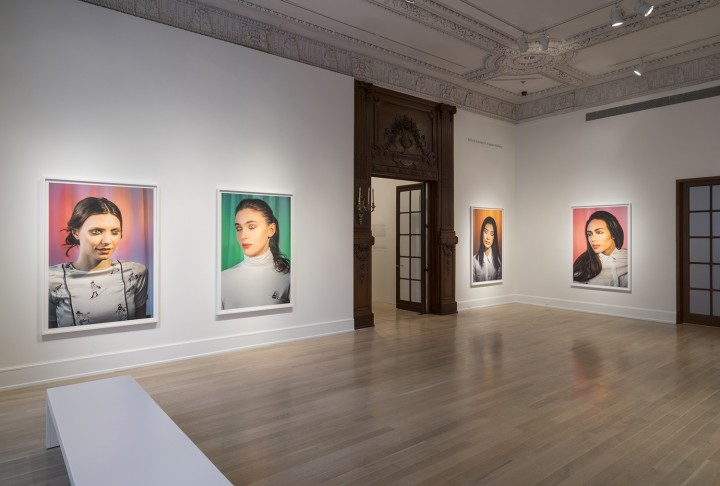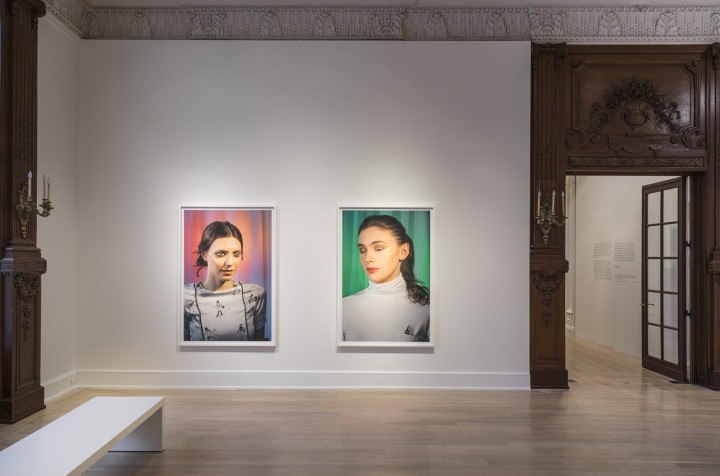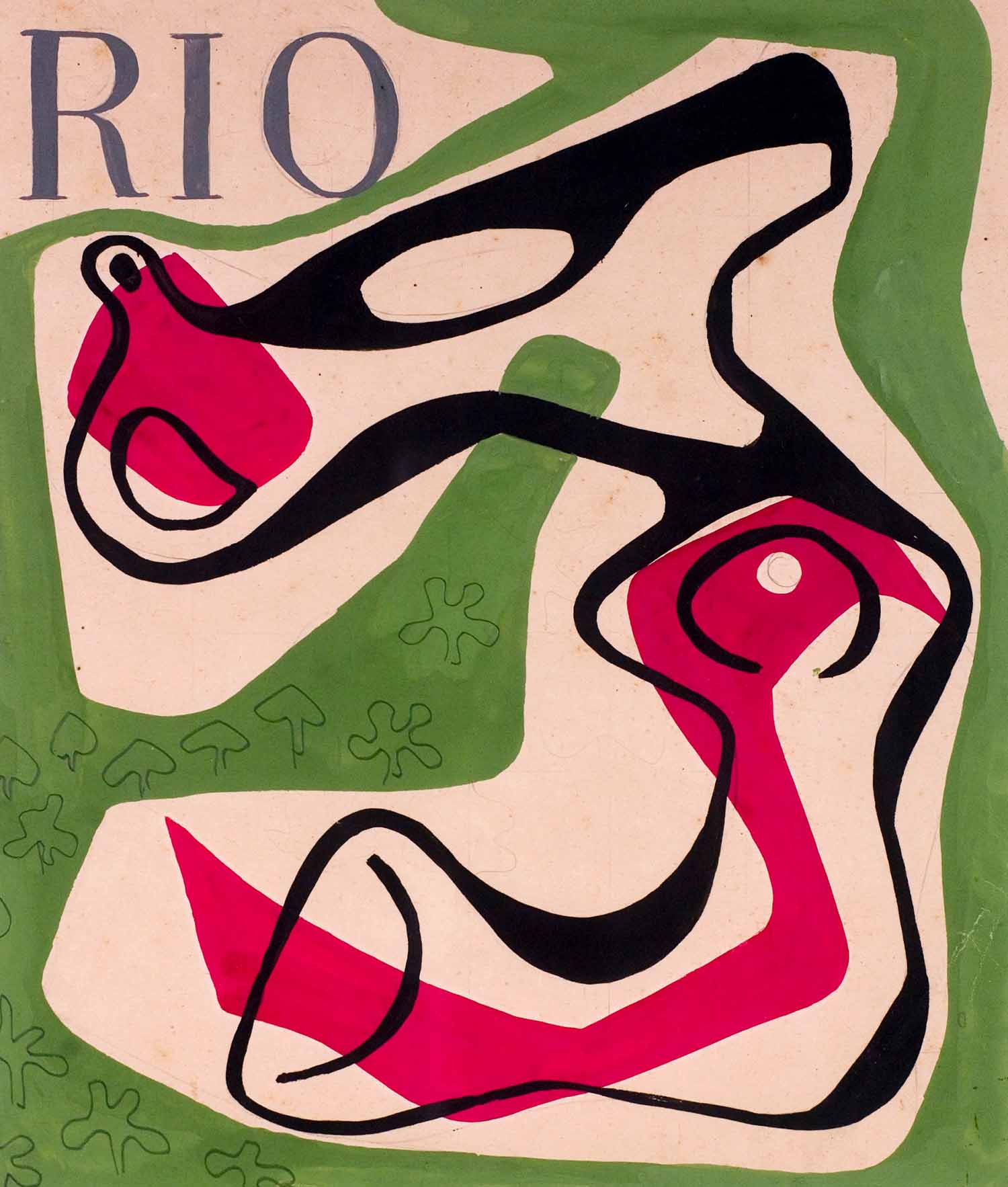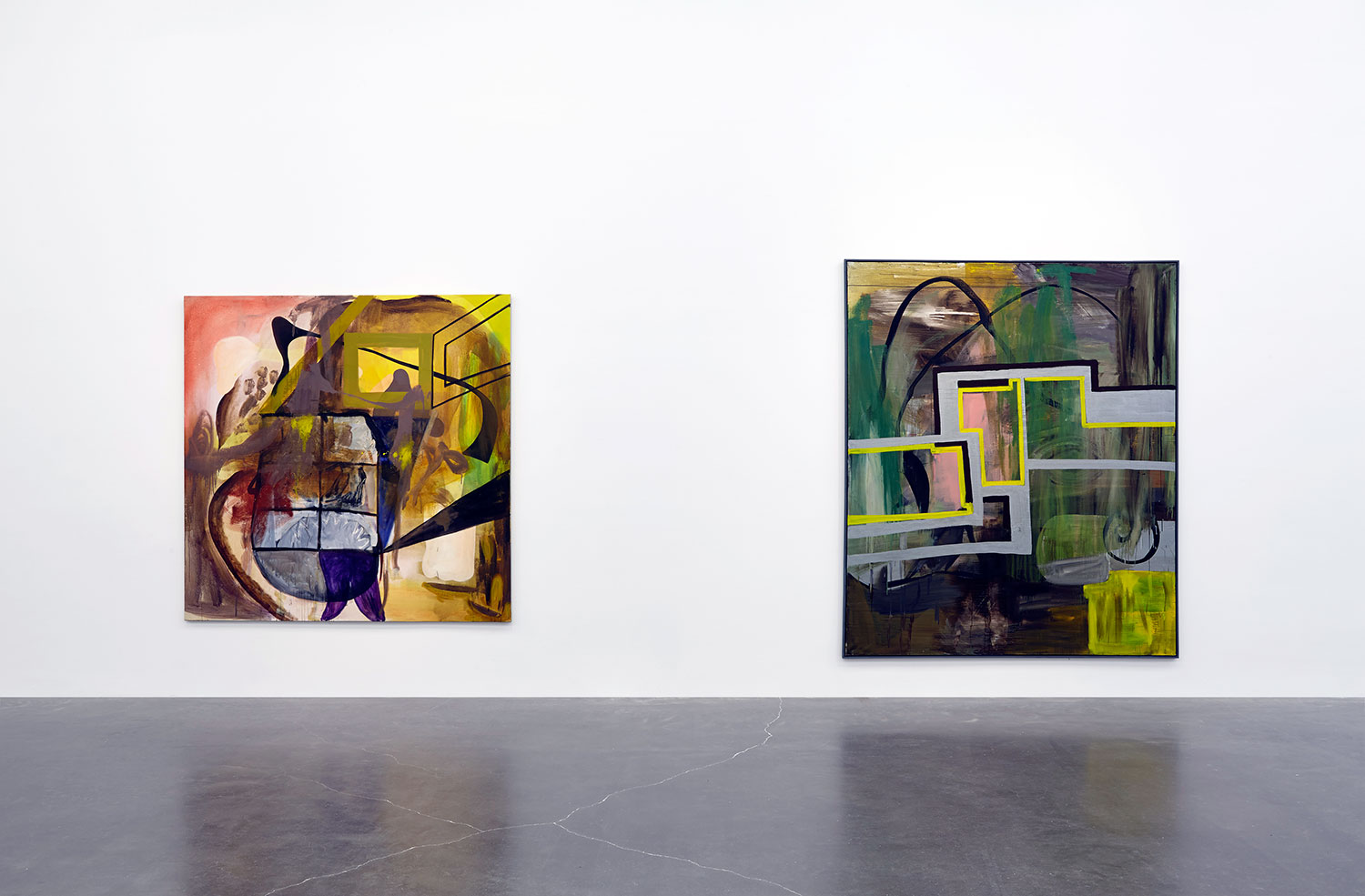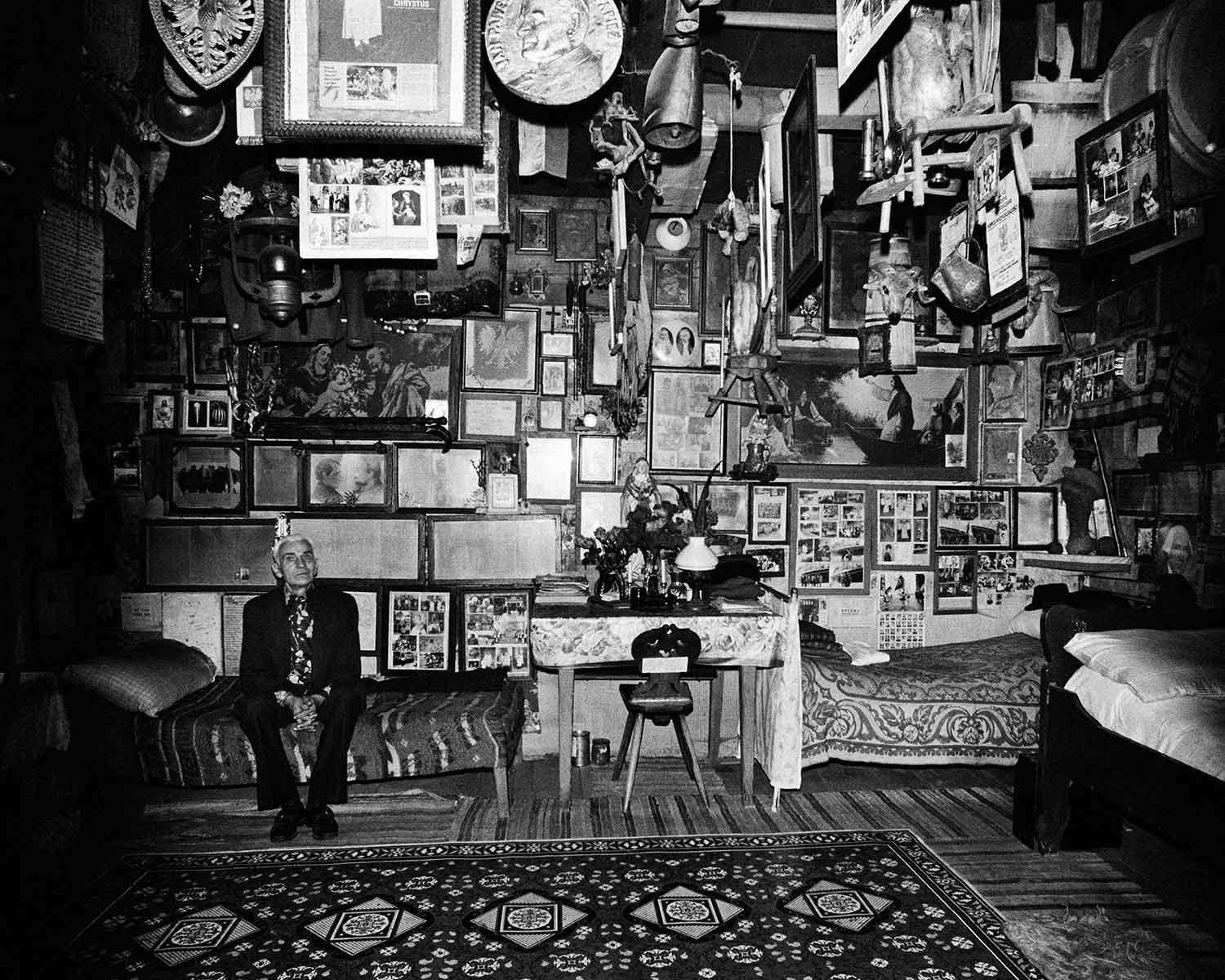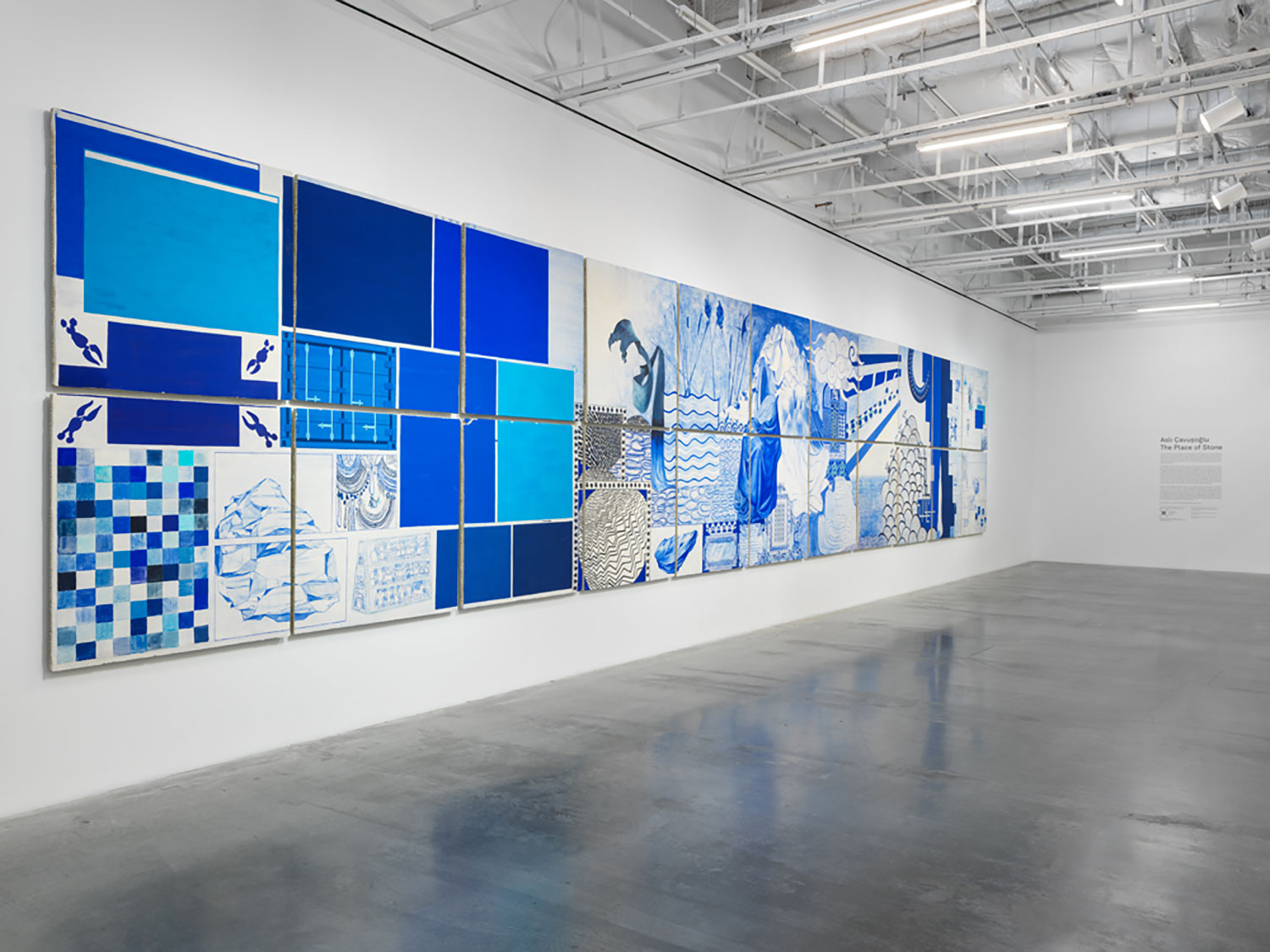“I can see you with my eyes closed. Can you see me as clearly?” This seems to be the question posed by the figures in Laurie Simmons’s candy-colored photo portraits at the Jewish Museum. The slightly larger-than-life-size images gaze with an eerie frozen stare, looking but not really seeing at all. In fact, in each portrait the model’s eyes are closed; intricately painted replicas of eyes appear on each shut lid. Even tiny lashes are painted in the crease of the upper lid, mimicking what has become lower-lid detail. As a sitter, one can project into the darkness of the situation, eyes closed, experience open. For the viewer, the image holds more of a metaphorical construct: we see eyes looking back at us; those eyes just happen to be false.
Organized by Jewish Museum Assistant Curator Kelly Taxter, “Laurie Simmons: How We See” takes inspiration from “doll girls,” a subculture with a focus on how women use make-up, props and sometimes even plastic surgery to attain a particular level of ideal, transformative femininity. The show ostensibly comments on the image of the self and how it is disposable via social media. However, the portraits (maybe through the formal posturing) exude a particularly warm distance, solid rather than dismissive, internal and contemplative. There is a sinister beauty portrayed, and maybe that is the thread that binds these photographs to women desperately searching for otherness through cosmetic exaggeration. The color of each background is theatrical, as is the lighting, all pointing to the set-up of a traditional studio portrait or what might be first perceived as such. It is only upon closer inspection that the eyes, their visibility and absence, take on a particular resonance. With titles such as Lindsay (Gold), 2015, identity has been stripped down. A name is as important as a color reference. While flirting with beauty, the unrelenting truth of these images lies not on the surface but in the abject reality of female representation. It’s an inquiry that deserves to be part of a larger conversation.

